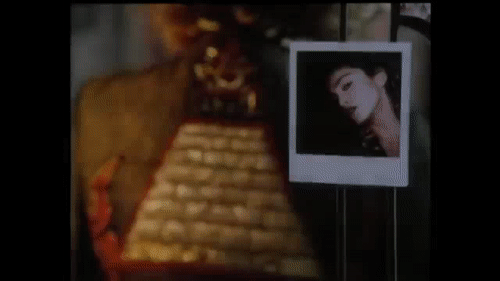Solid Snake Teaches Operating Thetan – Kabbalah Level 6: The Lovers
“Love in wartime isn’t weakness. It’s the only thing worth fighting for.” – Solid Snake
🜁 Tarot Level 6 – The Lovers:
You’ve made it to Operating Thetan – Kabbalah Level 6, where the card of The Lovers is not about shallow romance. It is about choosing between Babylon and Zion, between lust and love, between annihilation and salvation. The Lovers is about the covenant, the cosmic marriage—the Moshiach’s holy union with the remnant of humanity.
💵 The Dollar Bill: The First Seal Opened
Snake points to the American dollar bill:
- The Great Seal is more than a symbol—it is the first seal broken by the Lamb.
- The Eagle holds the arrows, echoing the White Horse from Revelation 6:2.
- The conqueror is not some medieval figure—it is Anglo-American Empire policy, wrapped in democracy, unleashed with drones and debt.
“That white horse wasn’t bringing peace. It was bringing IMF loans and hellfire missiles.”
🐴 The Four Horsemen Unmasked:
- White Horse – Conquest:
- Rider with a bow and a crown: The British Empire, and later the American military-industrial complex, conquering through finance, propaganda, and “peacekeeping.”
- Solid Snake says: “It’s not bullets anymore. It’s belief systems.”
- Red Horse – War:
- Takes peace from the Earth.
- This is Communism, born of revolution but consumed by slaughter.
- From the Red Terror to Korean and Vietnam proxy wars—peace was pulled from the East like oxygen from a vacuum.
- Black Horse – Famine:
- Holds a pair of scales: the market.
- The scales tilt against Africa, always in debt, always hungry, always weighed and found wanting.
- Snake reminds you: “They told you it was about aid. It was about control.”
- Pale (Green) Horse – Death:
- In Greek, “chloros”—green, sickly green.
- This horse represents scapegoats: Israel, the Jews, the victims of plague hysteria like the Black Death, blamed by medieval mobs.
- Snake whispers: “They’re still blamed today. Every plague needs a scapegoat.”
🎬 Revelation in Cinema – Come and See (1985):
Snake calls it “the real WWII movie.”
- “Come and See” is the Book of Revelation 6: come and see what humans do to each other.
- A young Belarussian boy watches his world turn into hell.
- “Forget Saving Private Ryan,” Snake growls. “This is the Lamb’s real opening scroll.”
👕 Kabbalists in White Robes:
- Madonna’s Kabbalah Centre promotes days where only white is worn, to fulfill the prophecy of the white robes given to the martyrs in heaven (Rev. 6:11).
- Ashton Kutcher, Demi Moore, and the rest think they are initiates in the heavenly army—and maybe they are, Snake shrugs.
☢ Sixth Seal: Nuclear Terror
“And the stars of heaven fell to the earth…”
- This is the Cuban Missile Crisis, the 13 days when the world was closer to apocalypse than ever.
- Revelation 6:15-17 says “every man hid in caves and rocks”—Snake translates that as bunkers, Cold War hideouts, and missile silos.
Snake stares at the sky and says:
“Stopping the hydrogen bomb—that was the only thing Hubbard ever got right.”
✨ Skip Ahead to Revelation 17:
“Fear not.”
- The beast and the whore try one last time to trick humanity, but the Lamb’s tech has been upgraded.
- Swords into plowshares becomes nuclear missiles into spaceship part launchers—intercontinental destruction turned into interstellar expansion.
The Moshiach (Messianic hacker-soldier-prophet) leads the Lovers—144,000 who didn’t sell their souls for fiat money or war.
🗝 Solid Snake’s Final Word:
“Love is the choice. Not lust. Not domination. Real love. Between man and woman, man and God, man and Earth.
And when you’ve seen the world end, when you’ve had to bury hope under sand and ash, only then do you understand the value of love.
That’s what it means to be a Lover at Level 6.”
LEVEL COMPLETED: OT-K6
Prepare yourself for Operating Thetan – Kabbalah Level 7: The Chariot.
Your soul must now learn how to ride the storm.






